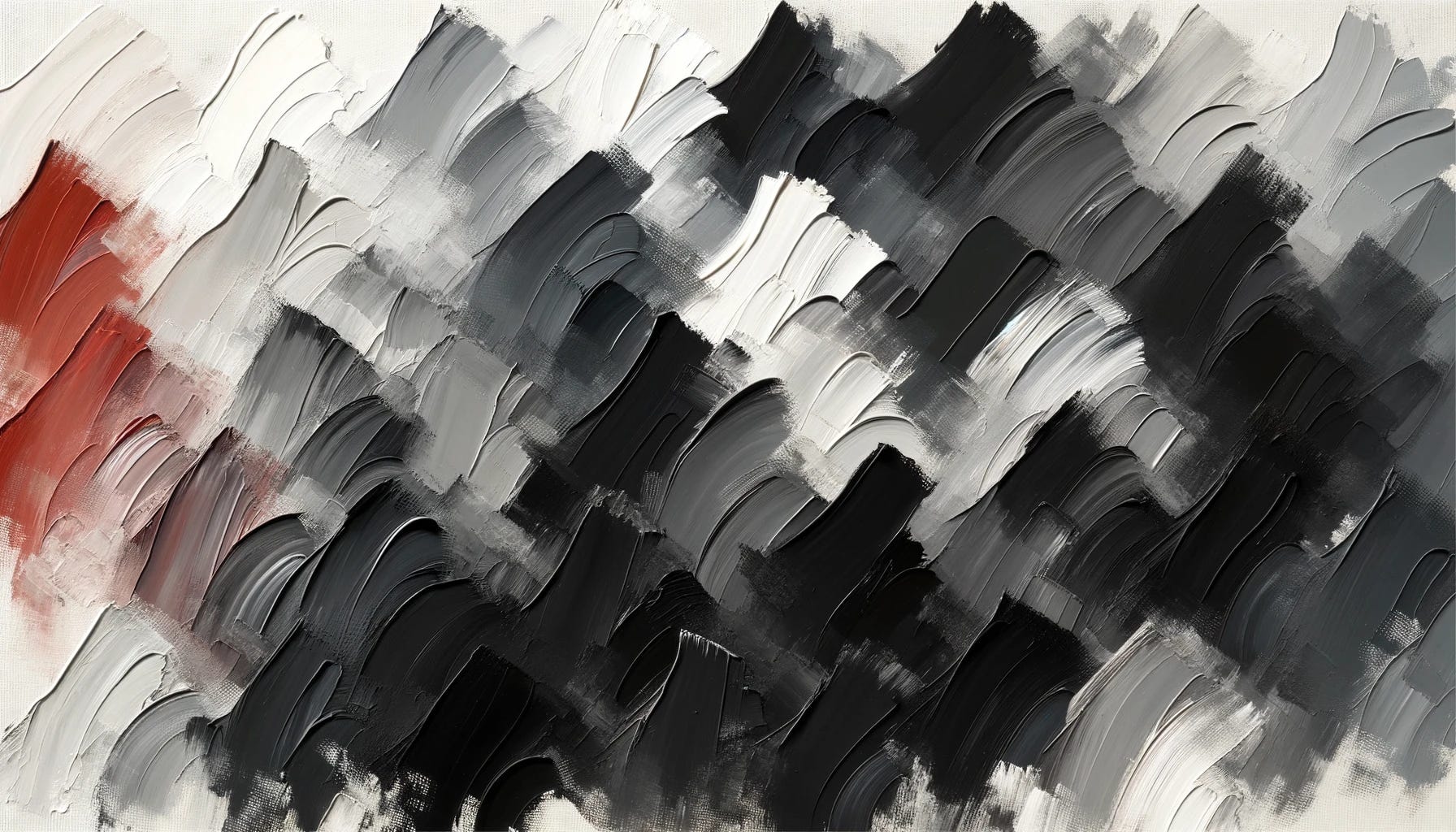Introducing Black
Black is a powerful and versatile colour with deep cultural, historical, and psychological significance. It evokes a range of emotions and meanings, from elegance and sophistication to mystery and rebellion.
In branding, black can create a strong visual impact, conveying authority and timelessness.
Historical Significance and Cultural Context
Historically, black has held a variety of meanings across different cultures. In ancient Egypt, black was associated with fertility and rebirth, while in medieval Europe, it symbolised authority and seriousness. During the Renaissance, black became the colour of choice for the wealthy and powerful, signifying sophistication and formality. In many cultures, black also represents mourning and loss, reflecting its complex and multifaceted nature.
"Black is modest and arrogant at the same time.
Black is lazy and easy – but mysterious.
But above all, black says this:
'I don’t bother you – don’t bother me.'"
– Yohji Yamamoto
The Significan…
Keep reading with a 7-day free trial
Subscribe to Chatterbox to keep reading this post and get 7 days of free access to the full post archives.



